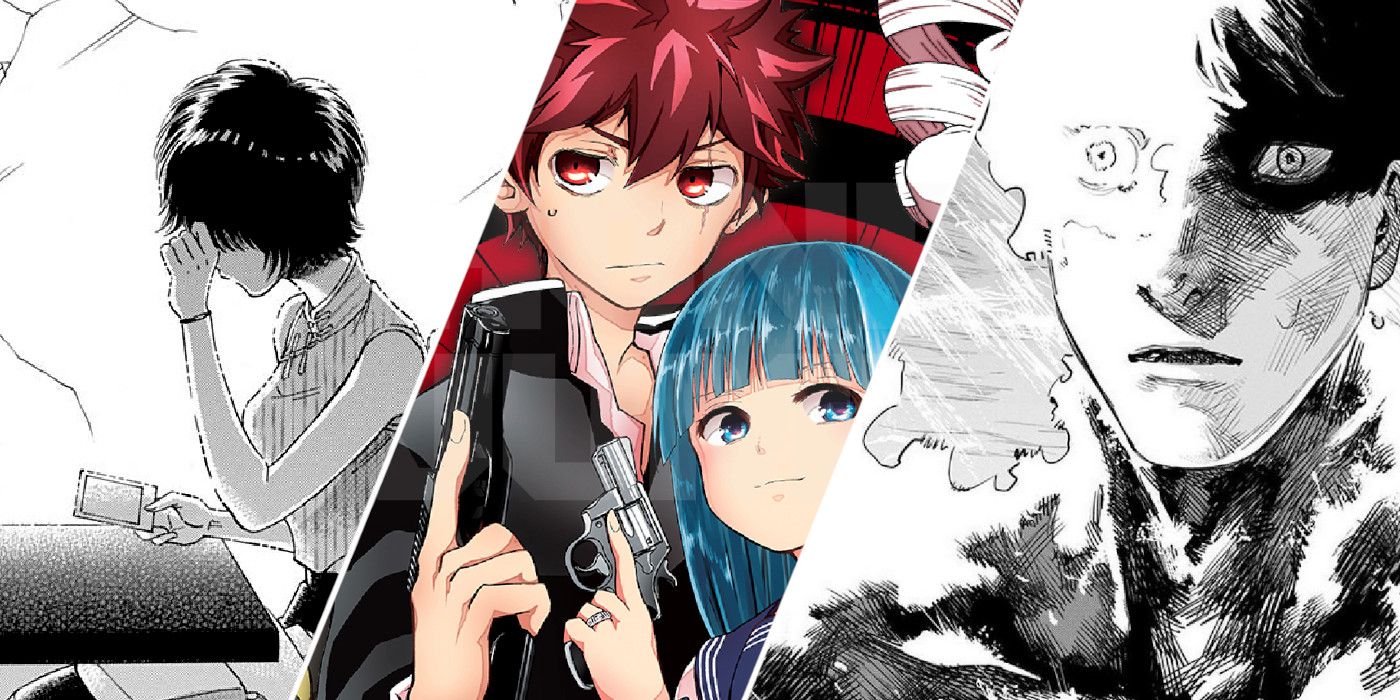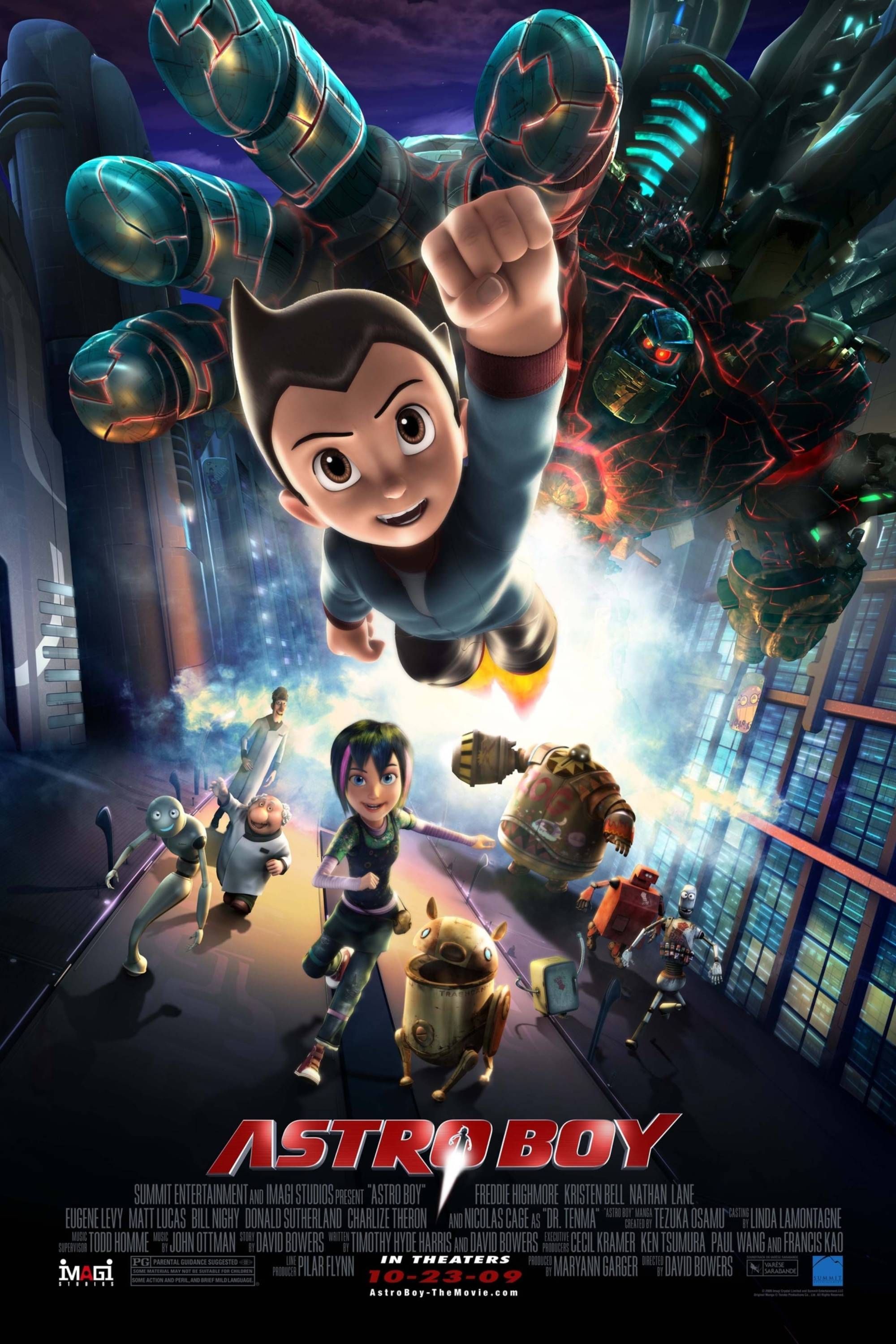When Nicolas Cage and Samuel L. Jackson Brought This 1950s Superhero to the Big Screen Everyone Missed the Point — But It’s Worth a Spin

Adaptations of manga comics, that distinctive Japanese style of graphic novels, can be hit-or-miss when it comes to their cinematic versions. For every Akira, the highly influential 1988 sci-fi cyberpunk manga adaptation, there is a Dragonball Evolution from 2009 waiting in the wings to drag the genre back down to its earthly beginnings. It can be tough to take what makes manga such a unique and special art form and transplant that to the silver screen, but when it works, it really works, creating this fantastic synergy between different forms of art and modes of creativity.
One such adaptation that precariously straddles that line between hitting and missing is another from 2009: Astro Boy. This was the first time that the 1950s comic strip had been brought to the silver screen with the backing of Hollywood, and the star power in the cast showed. Freddie Highmore starred as the voice of the eponymous character, with Nicolas Cage, Kristen Bell, and Samuel L. Jackson just some of the other names appearing as voices throughout the film’s story. The film was first released in Hong Kong before a wider global release, where it received mixed reviews from critics and didn’t exactly set the box office alight. That is a shame because there are elements of Astro Boy that make it an extraordinary piece of animated cinema.
What Is ‘Astro Boy’ About?
Astro Boy begins with Toby Tenma (Highmore), a young boy and son of Dr. Tenma (Cage), who live in Metro City in the 22nd century. Alongside Dr. Elefun (Bill Nighy), Dr. Tenma creates a defense robot named ‘The Peacekeeper’ and informs President Stone (Donald Sutherland), who quickly activates the hostile robot, leading to it killing Toby. Dr. Tenma revives Toby as Astro Boy before disowning him to try and conquer his own grief. Astro leaves Metro City as his creator escapes arrest before going on a journey of self-discovery and making friends with many fellow robots before fighting the Peacekeeper to save Metro City.
The Visuals in ‘Astro Boy’ Fly Off the Screen
The most notable thing about Astro Boy is its visuals: they are simply phenomenal. The CGI work is beyond extraordinary for how it builds the world of Metro City. As it floats above the surface of the Earth, viewers can bask in its futuristic design—a true visual treat. Sleek architecture with curves, glass, and high-tech shine makes the city feel clean, utopian, and advanced. It’s bright and colorful, which gives it that classic sci-fi cartoon vibe, reminiscent of The Jetsons, but more dynamic. The contrast drawn by director David Bowers between Metro City and life back on Earth, where the downgrading of colors makes it seem more downtrodden, is a great example of visual storytelling of supreme quality.
The visual design of the characters, too, is of a similarly high quality to that of Metro City. Astro himself looks really great, a slight modernization of the original manga character, aided by subtle CG updates (which Bowers admitted weren’t as easy to do as in 2D animation). The big, expressive eyes and spiky hair so central to the original character are really well replicated in the film, too. But Astro Boy doesn’t just focus on its titular character: the robot designs throughout the movie are creative and fun, with lots of variety, from clunky junkyard bots to sleek battle machines. The animators gave the robots real personality through movement, making them feel alive and distinct—something much easier said than done.
In spite of being a 3D-animated film, the visual design of the film pays homage to Osamu Tezuka’s original work, particularly with how it animates the proportions of the characters. Even as it modernizes the story’s look, Bowers and the animators at Imagi Animation Studios seriously respected the story’s roots. Unfortunately, though, this was the last film that Imagi would be involved in producing, and that is down to the film’s box-office performance. Astro Boy only earned back $42 million against its $65 million budget, forcing the studio to close down. Knowing that should not deter anyone from watching the film, however, because it’s joyous and surprisingly good with interesting themes of self-discovery and childhood identity. Roger Ebert, one of the most renowned and respected film critics there’s been, saw something in the film, and the rest of us should too.







